Pneumatic actuators as illustrated in Figure, provide for automatic or semiautomatic valve operation. These actuators translate an air signal into valve stem motion by air pressure acting on a diaphragm or piston connected to the stem.
Pneumatic actuators are used in throttle valves for open-close positioning where fast action is required. When air pressure closes the valve and spring action opens the valve, the actuator is termed direct-acting.
When air pressure opens the valve and spring action closes the valve, the actuator is termed reverse-acting. Duplex actuators have air supplied to both sides of the diaphragm.
The differential pressure across the diaphragm positions the valve stem. Automatic operation is provided when the air signals are automatically controlled by circuitry. Semi-automatic operation is provided by manual switches in the circuitry to the air control valves.
Self-Actuated Valves, Pneumatic & Hydraulic Actuators
Figure Pneumatic Actuator
Hydraulic Actuators
Hydraulic actuators provide for semi-automatic or automatic positioning of the valve, similar to the pneumatic actuators. These actuators use a piston to convert a signal pressure into valve stem motion.
Hydraulic fluid is fed to either side of the piston while the other side is drained or bled. Water or oil is used as the hydraulic fluid.
Solenoid valves are typically used for automatic control of the hydraulic fluid to direct either opening or closing of the valve. Manual valves can also be used for controlling the hydraulic fluid; thus providing semi-automatic operation.
Self-Actuated Valves
Self-actuated valves use the system fluid to position the valve. Relief valves, safety valves, check valves, and steam traps are examples of self-actuated valves.
All of these valves use some characteristic of the system fluid to actuate the valve. No source of power outside the system fluid energy is necessary for operation of these valves.
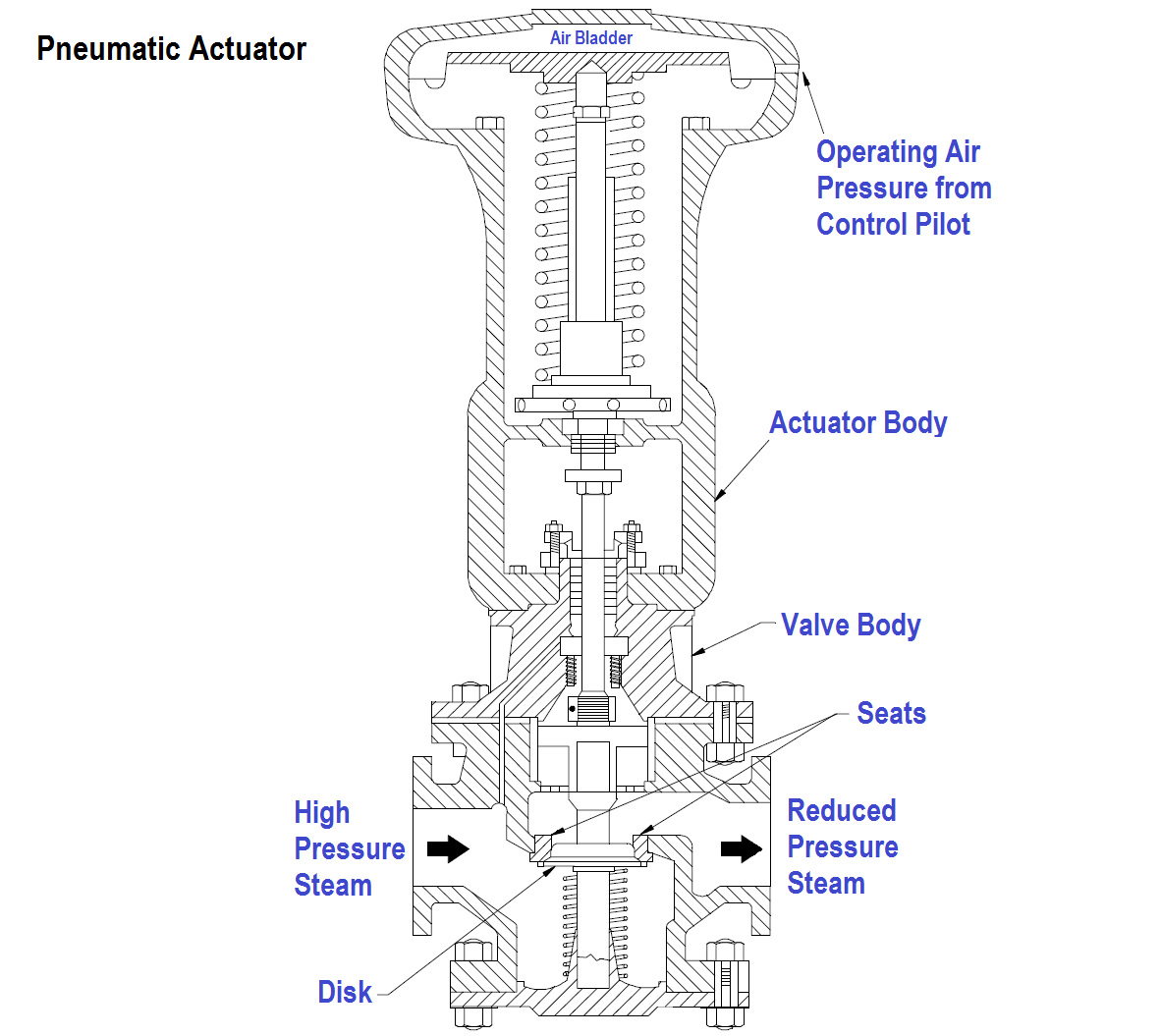

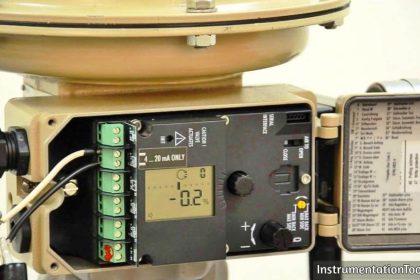
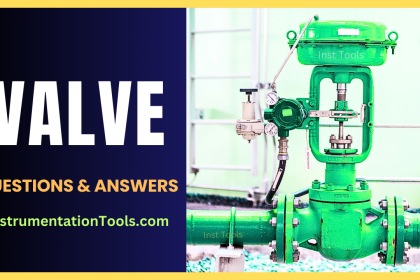
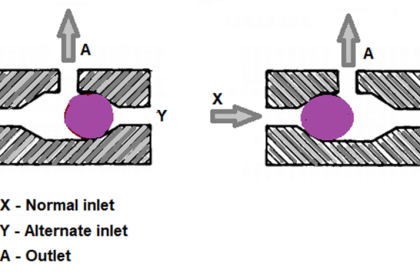
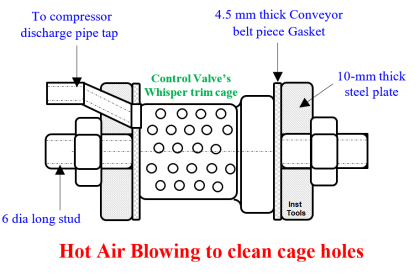
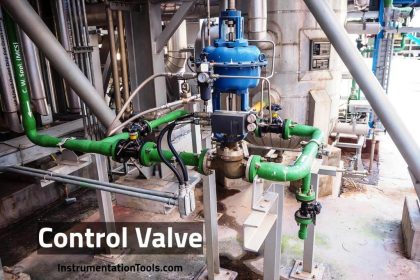
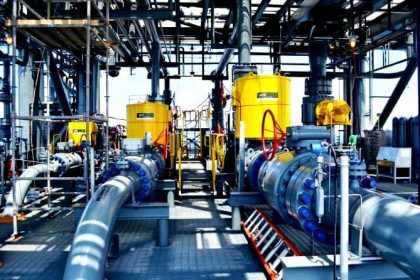
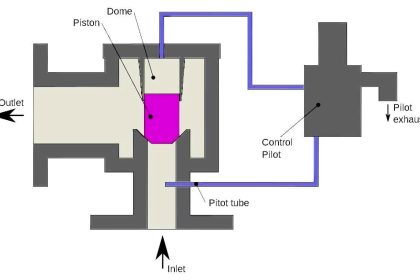

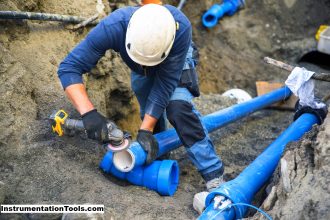
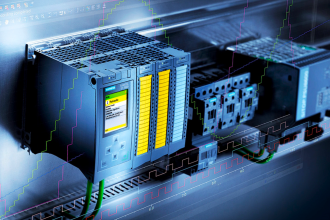

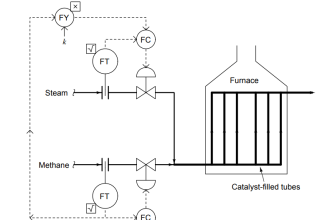
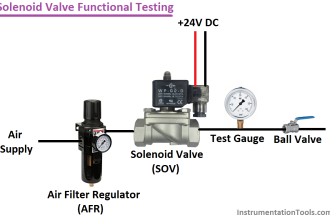
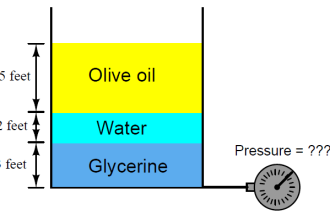
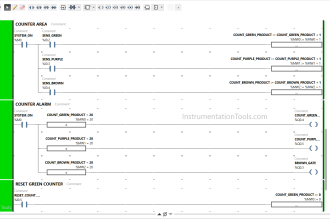

Please sir,, where actuator valve can be fined in Lagos State Nigeria,I need the address of the location of the place if any other place I need to know now thank you.